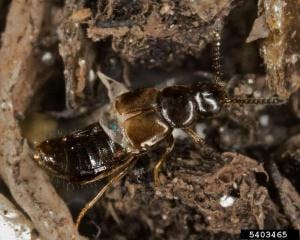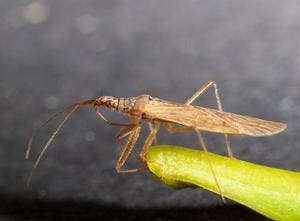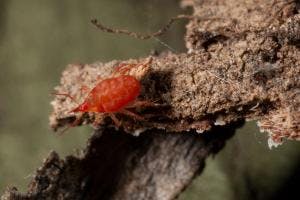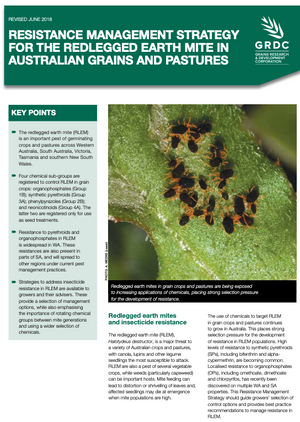Summary
The redlegged earth mite is a common and widespread pest of pastures and most broad-acre crops. Redlegged earth mites are commonly controlled using insecticides, however, non-chemical options are becoming increasingly important due to evidence of resistance and concerns about long-term sustainability.
Damage potential, crop monitoring, and action thresholds
Chemical Management
Resistance to pyrethroids and organophosphates is widespread in WA and are present in parts of SA. Resistance is likely to spread to other areas if management practices are not improved.
Key components of a resistance management strategy are to use thresholds (where available) to determine if spraying is warranted and rotate insecticide mode of action (MoA) groups. Insecticides/miticides used at or after sowing should be applied within three weeks of the first appearance of mites, before adults commence laying eggs.
Insecticides/miticides do not kill mite eggs. Border spraying can be an effective way to control mites, as mites will often move in from crop edges and roadside vegetation. Carefully timed spring-spraying using TIMERITE® will reduce mite populations the following autumn, but could also exacerbate other mite problems.
Resistance
Biological Management
Predatory mites such as the French Anystis mites can suppress populations in some pastures. Snout mites and other predatory mites are also effective natural enemies. Leaving shelterbelts or refuges between paddocks will help maintain natural enemy populations.
Natural Enemies

Rove beetles
Family: Staphylinidae
Moderate efficacy
Cultural Management
Do not sow highly susceptible crops (e.g. canola) into pastures or paddocks known to contain high mite numbers. Rotate paddocks with non-preferred crops (e.g. chickpeas and lentils). Pre- and post- sowing weed management (particularly broadleaf weeds) is important. Heavy pasture grazing in spring can help to reduce mite numbers the following autumn.
Resources

Managing RLEM using the severity risk calculator podcast
Resistance management
Cesar Australia

Redlegged earth mite resistance evolution video
Redlegged earth mite
Resistance mechanisms
GRDC

CropLife RLEM resistance management strategy
Redlegged earth mite
Resistance management
Experts

Paul Umina
Resistance management

Josh Thia
Resistance monitoring






